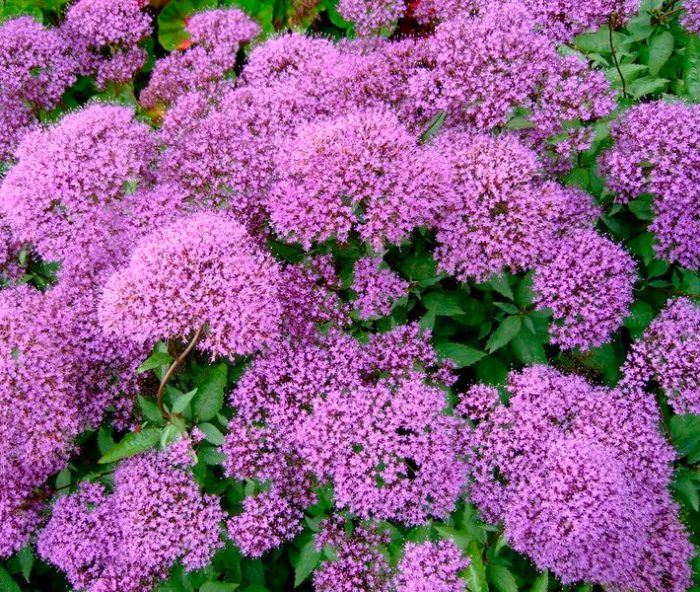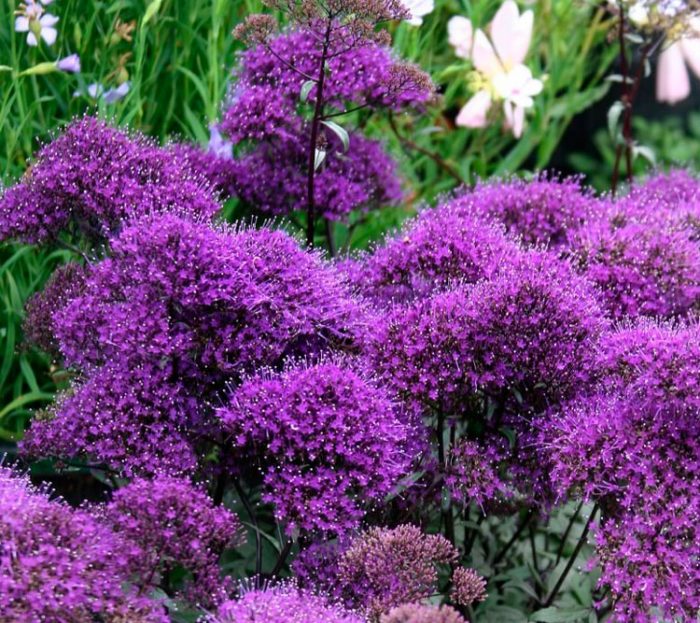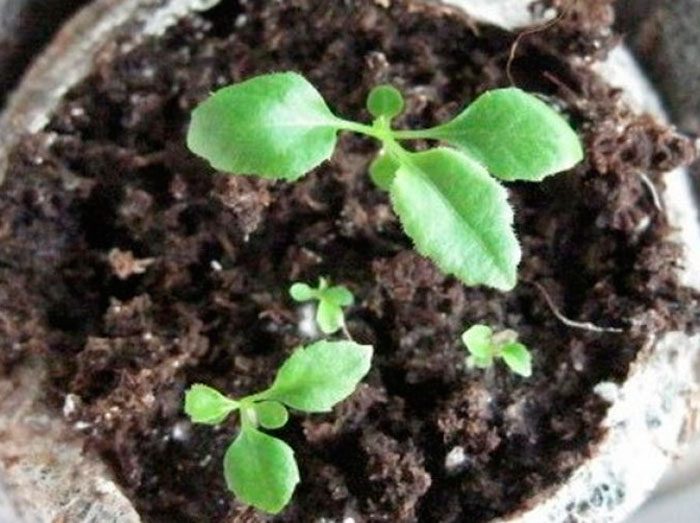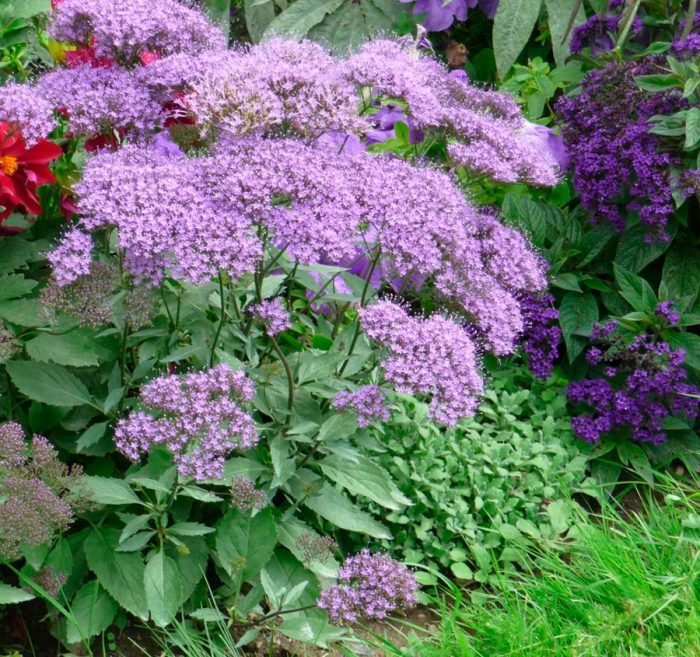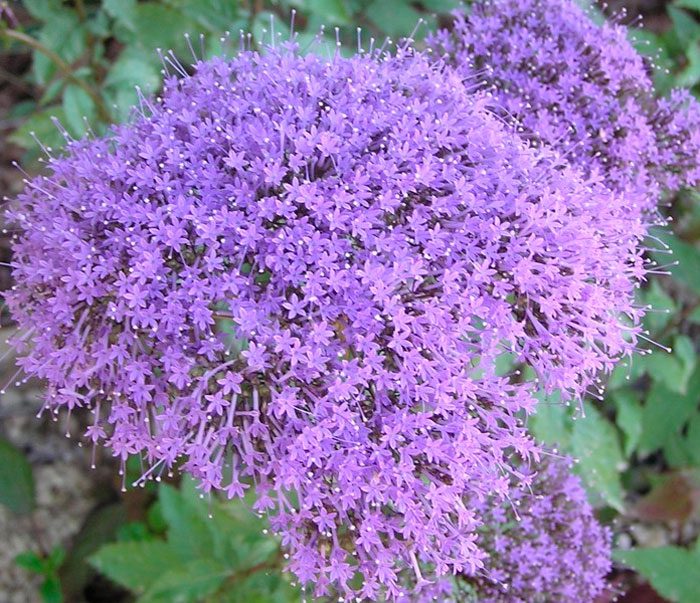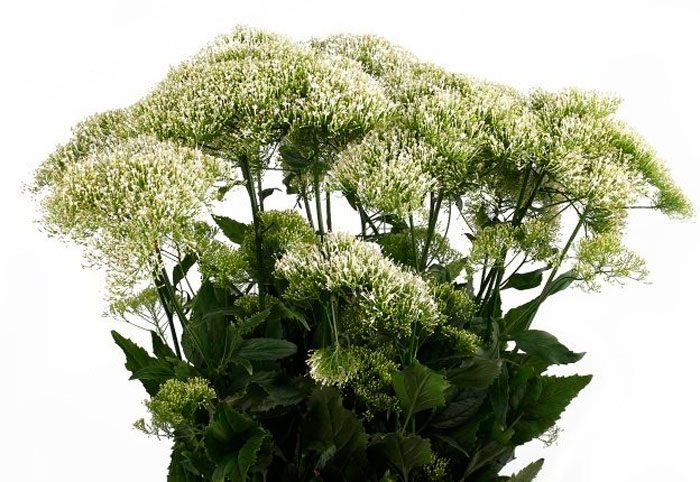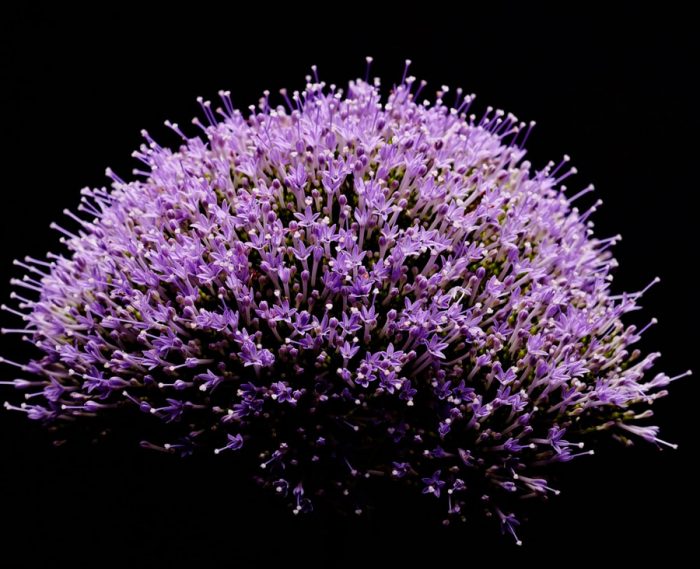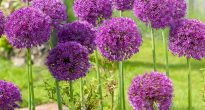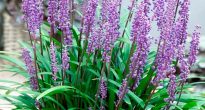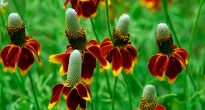Lush panicles, consisting of small inflorescences, add charm to the trachelium. From a distance, it may seem that fluffy bright pads rise above the bushes. Inflorescences retain their freshness and beauty for a long time even after cutting.
This flower comes from Greece. But over time, it spread throughout the Mediterranean. And today it is cultivated on all continents, and it is very popular with gardeners.
Content
Features of the trachelium
The trachelium plant is a member of the Bellflower family. It is an evergreen shrub that is a perennial. Its height can vary from 0.35 to 0.8 meters. The diameter of an adult bush reaches about 0.3 meters. Strongly branching upright shoots are distinguished by their elasticity. Along their entire length, there are alternately located leaf plates, which are attached to the stems with the help of petioles.
The foliage is lanceolate, with a sharpening at the top. Their edge is decorated with frequent teeth. The leaves can be up to 80 mm long. The stems are greenish brown, and the foliage is dark green or deep green. In some species, the foliage has a purple tint.
The scutes are composed of flowers, the size of which is very small. They can be purple, white, blue, lilac, pink or blue. Inflorescences are placed in the upper parts of the shoots. Petals of small flowers have grown together and are bell-shaped. They also have short stamens and a thin tube of the ovary, the length of which is from 0.4 to 0.6 centimeters. Thanks to the tubes of the ovary, the scutes may appear slightly pubescent.
In the open field, the bushes bloom at the end of summer. But their flowering lasts until the first severe frosts. The blooming trachelium gives off a strong but very pleasant smell. This plant is also cultivated in greenhouses, and is used for cutting. In this case, the bushes bloom in early spring.
After pollination and withering of the flowers, small seed pods are formed in their place, the surface of which is covered with a three-leafed thin film. They open in the upper part, and inside them there are small black seeds.
Reproduction methods
Trachelium can be propagated by dividing the rhizome and by seed.
Growing from seeds
In middle latitudes, it is recommended to grow such a flower through seedlings, otherwise the young bushes will not bloom in the first year of growth. Sowing seeds for seedlings is carried out in the last days of February or the first of March. To do this, take small boxes, which are filled with a loose nutritious soil mixture. Seeds are evenly distributed over the surface of the substrate, you do not need to fill them on top. Instead, just lightly press them into the soil mixture. Move the crops to a place where there is a lot of light, and also do not forget to cover them with foil (glass) on top.
The box with seeds should be placed in a cool place (from 15 to 18 degrees), in such conditions the first sprouts should appear after 15–20 days. As soon as this happens, remove the cover and move it to where it is warmer and more light.
When the sprouts form 3 true leaf plates, you need to pinch the stem to stimulate the growth of lateral shoots. Landing in open ground is carried out in the last days of spring or the first days of summer. At the same time, the air outside should warm up well, and the spring frosts should be left behind. When planting between the bushes, a distance of 0.3 m is observed.
Dividing the bush
Mature shrubs over three years of age have small shoots that have their own roots. If necessary, they are cut from the parent plant and transplanted to a permanent place. With this method of reproduction, you immediately get a grown bush, which quickly grows and blooms in the year of transplantation. But this breeding method is suitable only for warm regions with mild winters, as well as if the bush grows indoors. And in regions where the climate is cool, trachelium is cultivated as an annual, and such young bushes cannot be propagated by division.
Planting and caring for the trachelium
Planting and watering
An adult and strengthened trachelium is an unpretentious plant that is distinguished by its vitality. It thrives on an area with light soil saturated with nutrients, which can be slightly acidic or neutral. The planting holes are covered with peat mixed with sand. Do not forget to make a drainage layer at the bottom of the prepared pits, as this culture reacts extremely negatively to the stagnation of liquid in the substrate. But the trachelium is a drought-resistant plant, in this regard, it should be watered only during prolonged drought.
Possible problems
If stagnation of liquid is observed in the soil, this can cause the development of a fungal disease, which affects the basal neck and stems. For preventive purposes, loosen the soil in a timely manner, and also remove weeds. Thanks to this, the soil will dry out faster, and the air will better flow to the root system. In a rainy summer, the plant will need preventive treatments that will prevent the development of rot and mold. During the growing season, aphids or spider mites can settle on the bushes. To get rid of them, use insecticidal drugs.
Choosing a place and feeding
Trachelium grows best in the garden in well-lit areas. However, while the bushes are young, they should be protected from the scorching rays of the sun. For this, it is recommended to install a temporary shelter. If the trachelium grows in the house, then at noon it must be shaded from the sun. Before the bushes begin to bloom, they are regularly fed with mineral complex fertilizer once every 30 days.
Pruning
Fading inflorescences must be cut off in time. In this case, the plant will be neat and attractive for a long time.
Wintering
In the open field, the trachelium can winter only in warm regions. If the air temperature drops below zero, then this will cause the death of the root system. Even if the bushes are covered, they will still freeze out.
However, in late autumn, if desired, the plant can be removed from the ground and transferred to a cool (from 5 to 10 degrees) room.In the spring he is planted in the garden again.
Types of trachelium
In nature, there are only 3 types of tracheliums. But thanks to breeding, several decorative varieties were born. All of them differ in color of inflorescences.
Trachelium blue
For cultivation in middle latitudes, only one species is suitable and this is blue or blue trachelium. Depending on the variety and growing conditions, the height of the bush can reach from 0.35 to 0.75 meters. During flowering, it is decorated with many dense, spectacular inflorescences, which can reach 7-15 centimeters across.
The best hybrids of this species:
- Jemmy - The height of vigorous bushes can be up to 0.8 meters. The color of the umbrella-shaped inflorescences is snow-white.
- WhiteUmbrella - The dense bush consists of highly branching shoots, which are covered with a small amount of foliage. The color of the umbrellas can be pinkish, purple, white or lilac.
- Blueveil - The height of strongly branching shoots is about 0.6 m. The flowers are painted in a delicate violet shade.
Jacquin's trachelium
The height of this dwarf plant does not exceed 0.1–0.2 meters. The largest bushes are no more than 0.35 meters high. Serrated ovate leaf plates with a pointed top are about 80 mm long. Bluish flowers can be about 10 mm long, which is quite unusual for the genus Trachelium. They are part of loose capitate inflorescences.
Trachelium Passion
This compact flower is grown not only in the garden, but also as a home or ampel plant. Its highly branching stems at the bottom are covered with lush greenery, consisting of wide leaf plates. In their upper part there are dense umbellate inflorescences. This species has the following varieties, differing only in the color of the flowers: Pink Cream, Cherry Mist, White Veil, Purple Veil, Blue Haze and Ultraviolet.
Trachelium Yasmennikovy
Branching bushes of medium size are abundantly covered with greenery, while the shape of the leaf plates can be oval or ovoid. They are also decorated with large cushion inflorescences ranging in size from 10 to 15 centimeters. However, there are also such inflorescences that are almost 2 times larger.
How to use trachelium?
Lush tracheliums look great in rock gardens, flower beds, flower beds and stone gardens. Often, varieties with petals of different colors are planted along the fence or paths, which looks very impressive. The bushes can be planted in large flowerpots, which are installed in a gazebo, on a terrace or indoors.
This plant is often used for cutting. At the same time, it is recommended to choose inflorescences for a bouquet where no more than 1/3 of the flowers have blossomed, in which case it will stand as long as possible. If you bought a bouquet of trachelium, then tear off all the foliage from the shoots, and after a day, trim them in water. Then it is recommended to keep the bouquet in a nutrient solution for several hours. Regular moistening from a spray bottle will also help prolong its freshness.
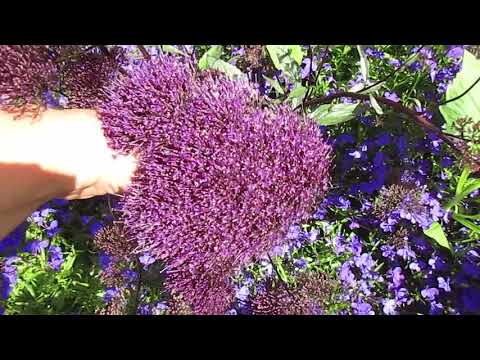

Watch this video on YouTube

